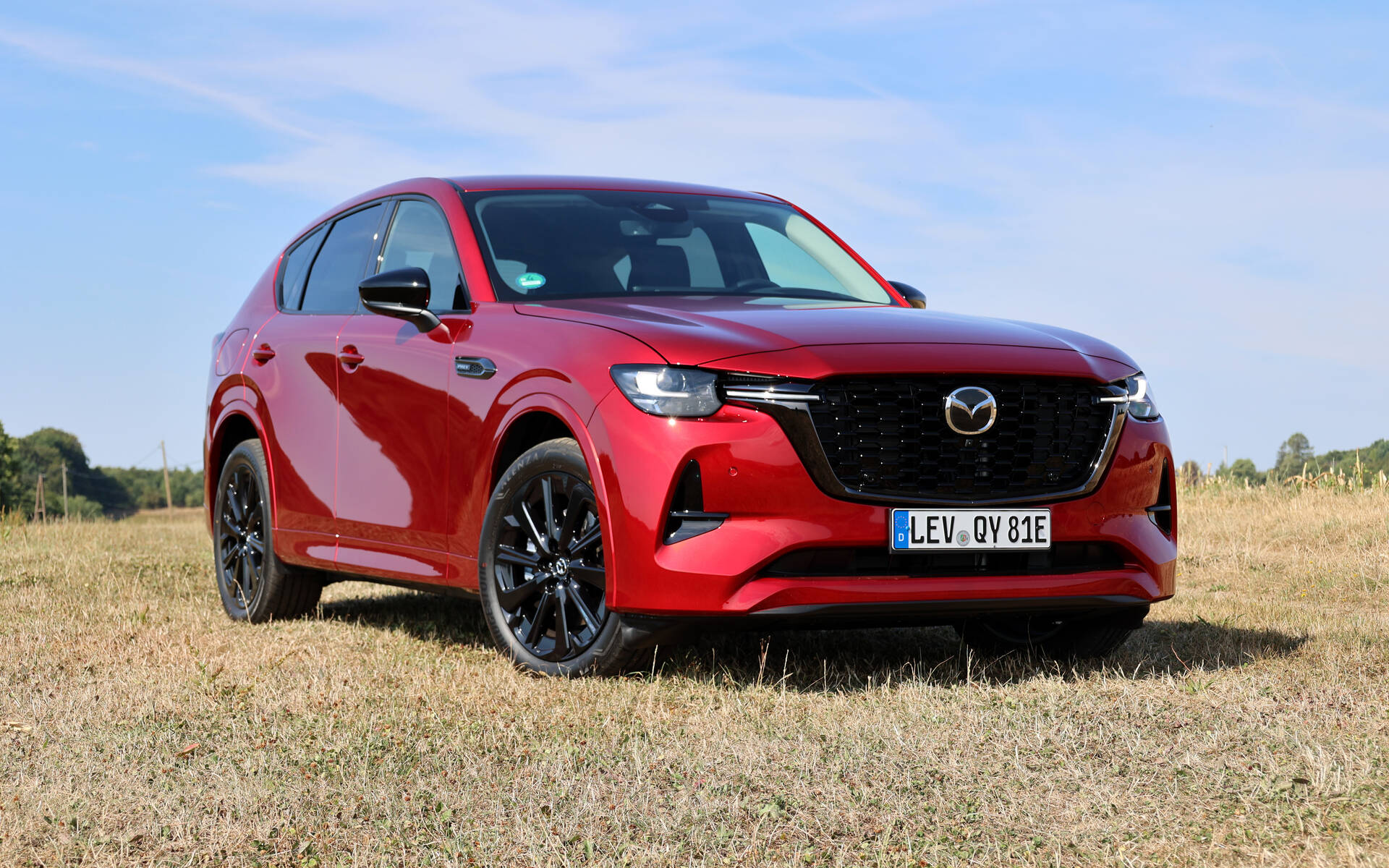When pondering the landscape of automotive luxury, names like BMW, Mercedes-Benz, and Audi inevitably emerge. They evoke images of opulence and sophistication. Yet, the question on many car enthusiasts’ lips is one of intrigue: “Is Mazda a luxury brand now?” Over the years, the Japanese automaker has carved a niche in the automotive sector that blends affordability with distinctly upscale features, prompting a closer examination of its evolving identity.
A pivotal moment in this inquiry arises when considering Mazda’s recent model releases. The brand has made substantial strides in engineering and design that resonate with modern luxury consumers. The introduction of the Mazda CX-60 illustrates this evolution splendidly. This plug-in hybrid electric vehicle (PHEV) encapsulates Mazda’s ethos: sophisticated aesthetics paired with practical performance. However, it compels potential buyers to ponder whether such offerings indicate a paradigm shift towards luxury.
Delve deeper, and it becomes evident that Mazda is embracing a philosophy known as “Kodo: Soul of Motion.” This design language transcends superficial details; it cultivates an emotional connection between the vehicle and driver. The flowing lines, dynamic stance, and exquisite detailing found in recent models bear testimony to this intricate artistry. Is this nuanced craftsmanship characteristic of a luxury brand? One might argue that it is.
Moreover, the interior design of Mazda vehicles continues to evolve, drawing inspiration from high-end manufacturers. The CX-60, for example, features a cabin adorned with premium materials, refined finishes, and advanced technology—all elements commonly associated with luxury marques. Soft-touch materials, wood accents, and ergonomically designed seats speak volumes to the brand’s intent to elevate the driving experience. Passengers find themselves enveloped in comfort, making long journeys a delightful affair. This remarkable attention to detail reflects a commitment to quality that challenges preconceived notions about Mazda’s status.
But luxuries extend beyond tangible items. Mazda’s commitment to performance is another hallmark that aligns closely with luxury aspirations. The engineering finesse found within the brand’s vehicles ensures that they do not merely get drivers from point A to point B; they offer an experience. Responsiveness, agility, and an inherent driving pleasure set Mazda apart from other mainstream manufacturers. Every nuance in the steering and acceleration whispers to the driver, urging them to engage more deeply with the road. In this light, it becomes increasingly plausible to categorize Mazda as an avant-garde contender in the luxury sector.
Yet, the question of branding remains tantalizing. Luxury is often associated with exclusivity. Mazda traditionally occupied a more accessible market segment, vying to provide dependable vehicles at competitive prices. Will the shift towards luxury dilute its core identity? This notion invites discussion about the brand’s trajectory and the potential implications for loyal customers who have relied on Mazda for affordable transportation.
Another intriguing aspect is the brand’s customer interactions. Mazda has fostered a community that thrives on loyalty and customer service. While some luxury manufacturers emphasize an aloof persona, Mazda’s approach remains earnest and inviting. Consumers are often met with attentive service, reinforcing the idea that the brand values their clientele. This personal touch could very well prove to be an advantage as the lines between luxury and non-luxury become increasingly blurred.
Interestingly, the competitive landscape also plays a role in this transformation. As other automotive manufacturers expand their portfolios with electric vehicles and high-tech innovations, Mazda has positioned itself strategically. It acknowledges evolving consumer preferences and pursues sustainability while maintaining a commitment to the emotional driving experience. The CX-60, with its PHEV capabilities, exemplifies how innovation can coexist harmoniously with a luxury narrative. Mazda is not merely following trends; it is crafting them while quietly redefining its identity.
Nevertheless, some purists might remain skeptical. Can Mazda assure a consistent luxury experience across its lineup? The answer lies in commitment—a steadfast promise to elevate the entire product range. Success will hinge on unified branding, marketing strategies, and ongoing innovation. As the company further refines its perception in the marketplace, expectations will naturally escalate. The onus is on Mazda to meet and exceed these rising standards.
As we peer into the future of Mazda, more questions arise. Will its models continue to embrace the luxury framework? Will it successfully navigate the delicate balance between accessibility and opulence? The path forward is rich with potential and rife with opportunity. The evidence suggests that Mazda is determined to venture into luxe territory while remaining grounded in its roots as an accessible automaker.
In conclusion, as the automotive landscape continues to morph, the essence of luxury may very well be redefined. Mazda’s thoughtful approach to design, engineering, and customer relations invites consumers to reconsider traditional categorizations of luxury brands. The evolution is not simply about marketing; it is a comprehensive transformation that speaks to the desires of today’s discerning drivers. Perhaps, as we traverse this new terrain, we can embrace the notion that Mazda is not just a brand for the masses, but an alluring option for those who appreciate the finer nuances of driving enjoyment.
